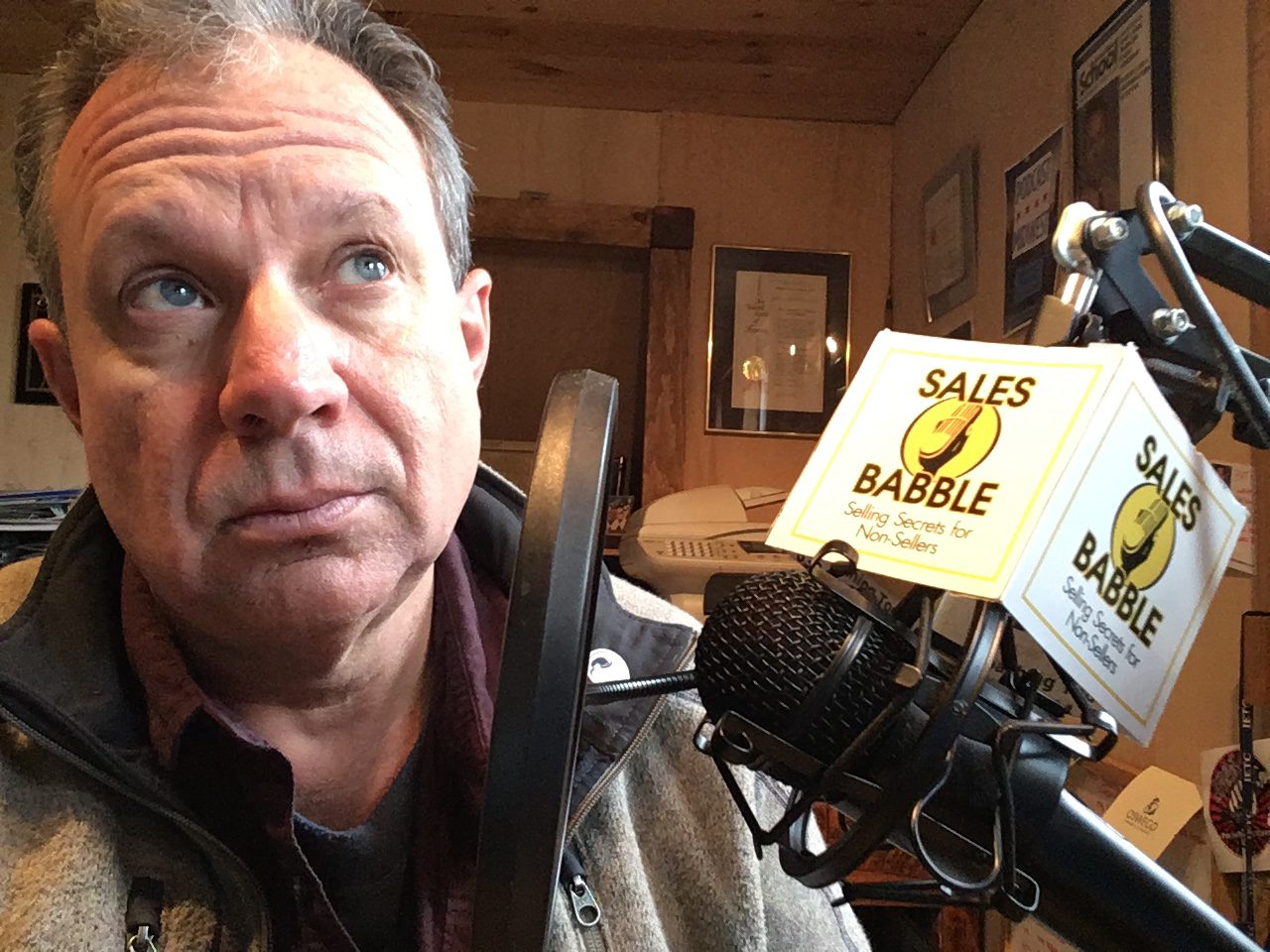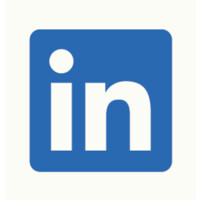Podcast: Play in new window | Download
Subscribe: Apple Podcasts | RSS
Demand Side Sales Part II with Bob Moesta #348
 In this follow up episode Bob Moesta, founder, president & CEO of the Re-Wired Group returns to discuss a new Theory of Sales . Bob is the author of “Demand-Side Sales 101: Stop Selling and Help Your Customers Make Progress”. In this second conversation Bob and I discuss the power of asking open ended questions, listening and not making it too easy or too hard to buy.
In this follow up episode Bob Moesta, founder, president & CEO of the Re-Wired Group returns to discuss a new Theory of Sales . Bob is the author of “Demand-Side Sales 101: Stop Selling and Help Your Customers Make Progress”. In this second conversation Bob and I discuss the power of asking open ended questions, listening and not making it too easy or too hard to buy.
Don’t Need a List of Questions
it’s not what you say but how you say it. Listen to the way buyers answer. Consider the following:
-
- Know what progress looks like.
- Don’t talk about your product, talk about them
- To become a better buyer, become a better seller
- Don’t make it too easy to buy. Free trials have no value.
- Don’t make the sale too hard. Don’t provide too many choices.
Consider exclusionary theory. Buyers can tell reasons they don’t want to buy versus what they want. That’s OK, give the buyer time to think and speak. Eventually it will all be clear.
Why No Degrees in Sales
Sales is like the blood of the body. There is no business without sales. Yet sellers are looked at as a skilled laborers. The best salespeople are the smartest in the business. Why? Sellers understand product, industry, customer, business, profit, competition. Sales professionals “get” it all.
Founders and C-Suite execs often treat sales folks like they’re order takers. In higher ed, sales is seen as subservient to marketing. According to Bob, brand equity is everything at the university. Thus sales is seen as a trade with : tools techniques and process. This point of view makes zero sense.
Since there isn’t a theory of sales, hence the impetus for Bob’s book. This is Bob’s opportunity to move sales to the forefront of business.
How To Find Bob Moesta
-
- Bob’s Profile on linkedin.com/in/bobmoesta
- This is the agency therewiredgroup.com
- bmoesta on Twitter
- Here is Bob’s book Demand-Side Sales 101: Stop Selling and Help Your Customers Make Progress on Amazon books
Thank Our Sponsor Habanero Media
 We help busy B2B companies attract new customers and clients through the magic of podcasting! Start your B2B podcast today and grow your brand, authority, influence and trust.
We help busy B2B companies attract new customers and clients through the magic of podcasting! Start your B2B podcast today and grow your brand, authority, influence and trust.
Download “Why Your Business Needs a B2B Podcast” here.
Past Episodes on Sales Mindset
-
- Go For No with Andrea Waltz #343
- Sales Enablement in the 21st Century with Andy Paul #331
- The Power of Questions with Sales Consultant Nancy Kazdan #327
- What is Selling Mindfulness with Peter Bond
- How To Sell To Non-Profits with Clara Carrier #317
- Top 10 Sales and Marketing Books for 2020 with Michele Kelley #308
- How To Thrive Under Fire with John Faisandier #304
- Mental Triggers for Sales Success with Matt Hallisy #303
- 2020 Sales Goals Setting #301
- From Chaos to Clarity with Marianne Renner #298
Sales Consulting To Grow Your Business
Pat helps technology startups and businesses discover the true value they bring to market, find customers who deeply appreciate that value then scale that process to extraordinary profits. We do this with modern 2020 sales and marketing techniques.


Pushy sales doesn’t work! The key is to build trust over time. What tools do we use? LinkedIn, Email and the power of the Voice Mail.
We believe and teach the value of a helping mindset. Your prospective customers have challenges, hopes and aspirations. They need your help. All you need to do is build their trust, and faith, in your organization. Learn how we help here. Once it’s clear you can help, you will have loyal clients for life. When you bring value you make sales. Or if you’re a startup, learn sales for engineers and skills to promote your new venture.
Got a Question?
Something about today’s episode got you thinking? Do you have a question or a comment you’d like share?
If so “babble me” an email here, or if you can’t wait chat Pat now.
Maybe you’d like to share your musings on the podcast? Leave a voice message here. We’d love to hear your thoughts. Don’t worry about babbling, we prefer it.
Listening Options
You can find us on:
- Spotify
- iTunes
- Stitcher
- Player FM
- Spreaker
- The SalesBabble.com website click the player above on this page!












